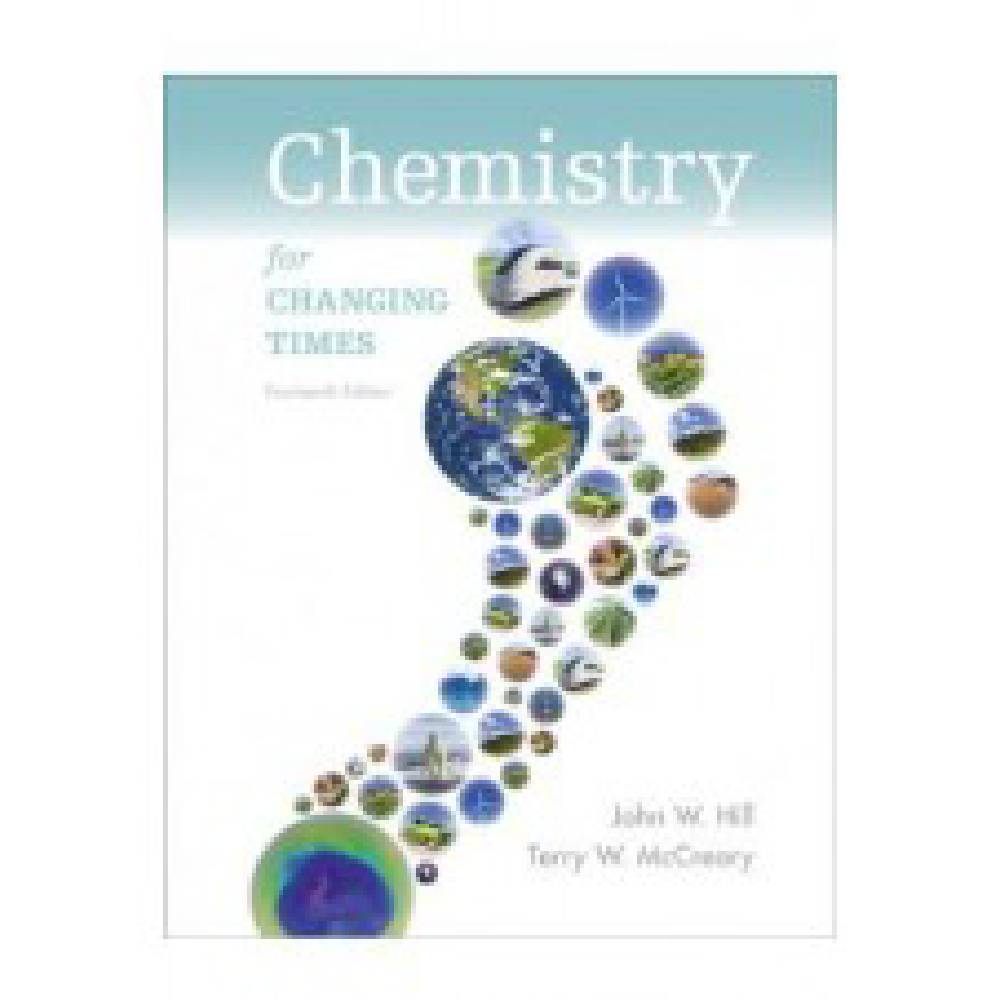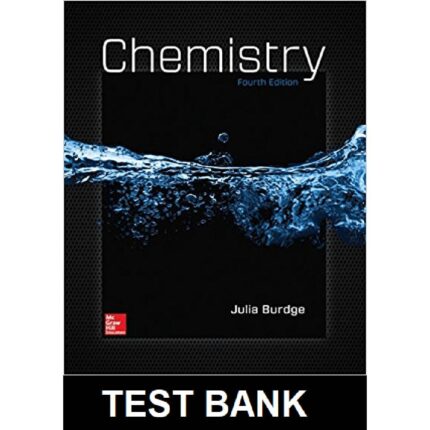Chapter 11 Nuclear Chemistry
11.1 Multiple Choice Questions
1) If it were possible to obtain a cubic centimeter of pure atomic nuclei, its mass would be approximately
A) 1 g.
B) 19 g.
C) 1.0 × 108 metric tons.
D) 1 kg.
Answer: C
Diff: 3 Var: 1 Page Ref: Sec. 11.1
Global Obj: Global 2: Demonstrate the ability to think critically and employ critical thinking skills.
2) The diameter of an atom is 100,000 times as great as the diameter of its nucleus. If an atom could be expanded to the size of a classroom the nucleus would be about the size of a
A) BB.
B) marble.
C) basketball.
D) period at the end of a sentence.
Answer: D
Diff: 2 Var: 1 Page Ref: Sec. 11.1
Global Obj: Global 2: Demonstrate the ability to think critically and employ critical thinking skills and Global 5: Demonstrate an understanding of the impact of science on society.
3) The major part of the average exposure of humans to radiation comes from
A) nuclear power plants.
B) diagnostic X-rays.
C) other human made sources.
D) naturally occurring sources.
Answer: D
Diff: 2 Var: 1 Page Ref: Sec. 11.1
Global Obj: Global 2: Demonstrate the ability to think critically and employ critical thinking skills and Global 5: Demonstrate an understanding of the impact of science on society.
Learning Obj: LO 11.1 Identify the sources of the natural radiation to which we are exposed.
4) Cosmic rays are
A) high energy radiation produced by the sun.
B) high energy radiation produced in the ozone layer.
C) high energy radiation produced by the earth’s core.
D) none of these
Answer: A
Diff: 2 Var: 1 Page Ref: Sec. 11.1
Global Obj: Global 2: Demonstrate the ability to think critically and employ critical thinking skills and Global 5: Demonstrate an understanding of the impact of science on society.
Learning Obj: LO 11.1 Identify the sources of the natural radiation to which we are exposed.
5) What does not describe ionizing radiation?
A) Ionizing radiation can devastate living cells by interfering with their normal chemical processes.
B) Ionizing radiation can cause changes in the molecules of DNA in reproductive cells.
C) Ionizing radiation can cause molecules to be split into free radicals, which can disrupt vital cellular processes.
D) Ionizing radiation can affect blood sugar levels and causes diabetes.
Answer: D
Diff: 2 Var: 1 Page Ref: Sec. 11.1
Global Obj: Global 1: Demonstrate an understanding of the principles of scientific inquiry.
Learning Obj: LO 11.1 Identify the sources of the natural radiation to which we are exposed.
6) Radiation with enough energy to knock electrons off atoms or molecules is known as
A) electron capture.
B) fundamental radiation
C) ionizing radiation.
D) transmuting radiation.
Answer: C
Diff: 2 Var: 1 Page Ref: Sec. 11.1
Global Obj: Global 1: Demonstrate an understanding of the principles of scientific inquiry.
Learning Obj: LO 11.1 Identify the sources of the natural radiation to which we are exposed.
7) All of the following are known to be forms of ionizing radiation EXCEPT
A) radio waves.
B) gamma rays.
C) ultraviolet radiation.
D) X-rays.
Answer: A
Diff: 2 Var: 1 Page Ref: Sec. 11.1
Global Obj: Global 1: Demonstrate an understanding of the principles of scientific inquiry.
Learning Obj: LO 11.2 List the sources and dangers of ionizing radiation.
8) Atoms that have the same atomic number but different numbers of neutrons are
A) radioactive.
B) isotopes.
C) impossible.
D) ions.
Answer: B
Diff: 2 Var: 1 Page Ref: Sec. 11.2
Global Obj: Global 1: Demonstrate an understanding of the principles of scientific inquiry.
9) The following nuclear reaction is an example of
Ra → He + Rn
A) alpha decay.
B) beta decay.
C) gamma decay.
D) an impossible reaction.
Answer: A
Diff: 2 Var: 1 Page Ref: Sec. 11.2
Global Obj: Global 2: Demonstrate the ability to think critically and employ critical thinking skills.
Learning Obj: LO 11.3 Balance nuclear equations.
10) An alpha particle is the same as a
A) helium-5 nucleus.
B) helium-4 nucleus.
C) hydrogen-1 nucleus.
D) neutron.
Answer: B
Diff: 2 Var: 47 Page Ref: Sec. 11.2
Global Obj: Global 1: Demonstrate an understanding of the principles of scientific inquiry.












Reviews
There are no reviews yet.